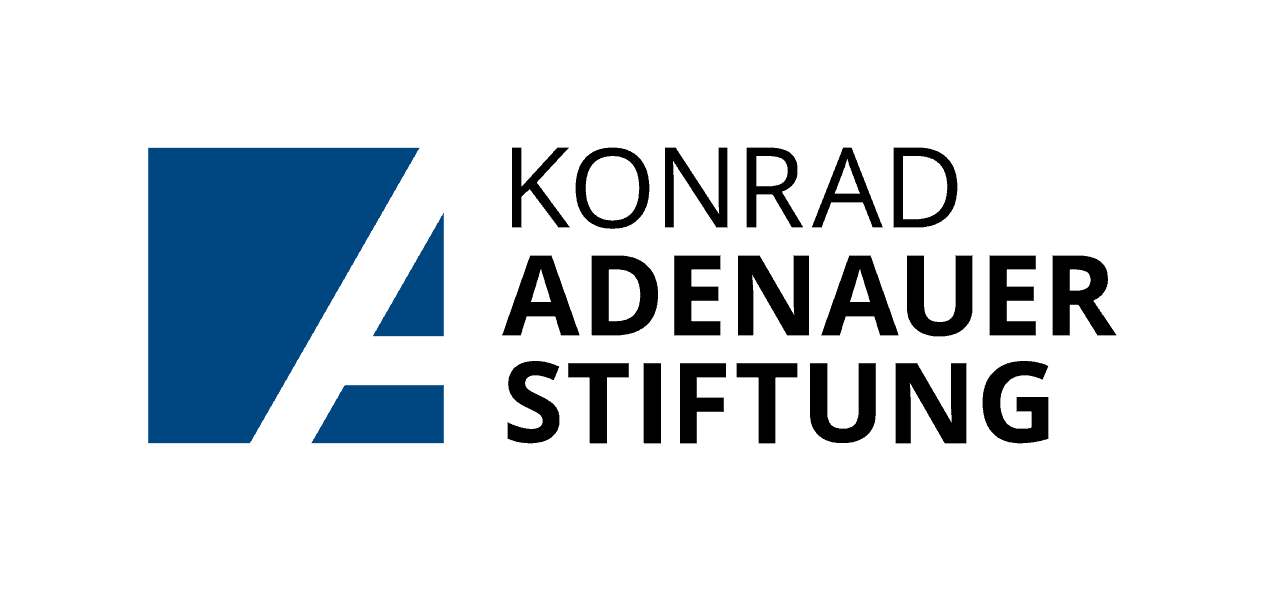One way to find dramatic moments you need for a narrative approach is to think visually: consider the images and illustrations you will need for the final story, even if layout and design are not your responsibility. Like developing a provisional headline such activities help you to focus on your story theme and ensure your story adheres to it. If you plan for a chart of certain facts, it will allow you to leave the rather boring list of the same facts out of your story. However, thinking visually can also help your final story in other ways:
- > It helps with pitching your story because it gives advance warning of any maps, charts, graphs or images that might be needed
- > It assists teamwork by aiding layout people and those who place stories on pages
- > It aids your photographer colleagues, who can draw on their expertise to think about the best images for the piece
- > It puts images in your head, which helps with the rest of the written word
- > It helps you communicate better with readers, who often learn far more from a well-chosen image or a striking chart than from text alone. As they say, a picture is worth a thousand words.

